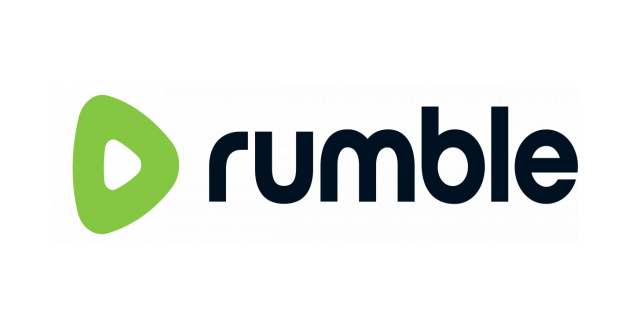- Rumble Inc. reported a revenue of $25.1 million in Q2 2025, marking a 12% increase year-over-year but falling short of estimates.
- The company’s EPS was -$0.12, below the estimated -$0.08, indicating current unprofitability with a negative P/E ratio of approximately -6.27.
- Despite a decline in MAUs, RUM’s ARPU rose by 24%, and its low debt-to-equity ratio and strong current ratio suggest potential for future growth.
Rumble Inc. (NASDAQ: RUM) is a video-sharing platform and cloud services provider that recently disclosed its financial outcomes for the second quarter of 2025. The company generated a revenue of $25.1 million, which was a 12% increase from the $22.5 million reported in the same quarter of 2024. However, this revenue fell short of the estimated $26.8 million.
RUM’s earnings per share (EPS) for the quarter was -$0.12, which was lower than the estimated EPS of -$0.08. This indicates that the company is currently not profitable, as highlighted by its negative price-to-earnings (P/E) ratio of approximately -6.27. Despite this, RUM’s Average Revenue Per User (ARPU) rose by 24% from the previous quarter, reaching $0.42.
The company experienced a decline in Monthly Active Users (MAUs), dropping to 51 million in the second quarter of 2025 from 59 million in the first quarter. This decrease is attributed to a slowdown in news and political commentary outside of a U.S. election cycle. Despite this, RUM’s inclusion in the Russell 2000® and 3000® indices could enhance its visibility and attract more investors.
RUM’s financial metrics reveal some challenges. The price-to-sales ratio stands at about 33.74, indicating that investors are paying a high price for each dollar of the company’s sales. The enterprise value to sales ratio is around 30.79, reflecting a similar premium on the company’s sales. Additionally, the enterprise value to operating cash flow ratio is significantly negative at -46.17, highlighting challenges in generating cash flow from operations.
On a positive note, RUM has a very low debt-to-equity ratio of 0.0046, indicating minimal reliance on debt financing. The company also boasts a strong current ratio of about 9.90, suggesting robust liquidity and the ability to cover short-term liabilities. Despite the current lack of profitability, these financial strengths may provide a foundation for future growth.




